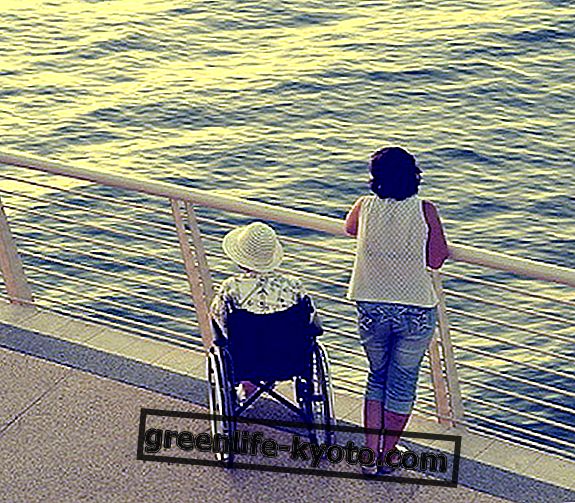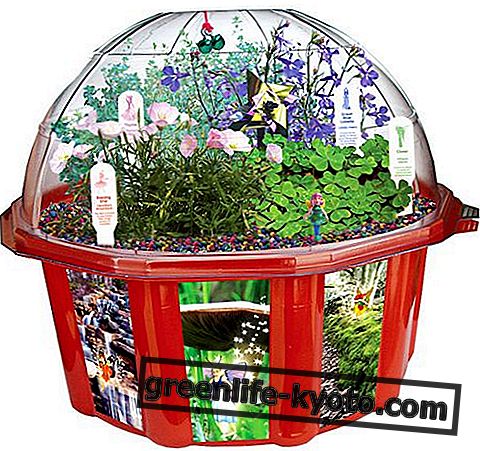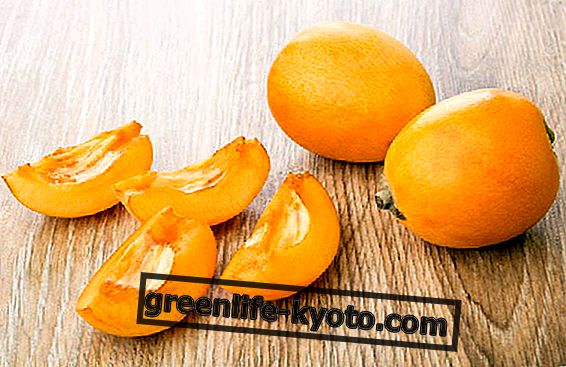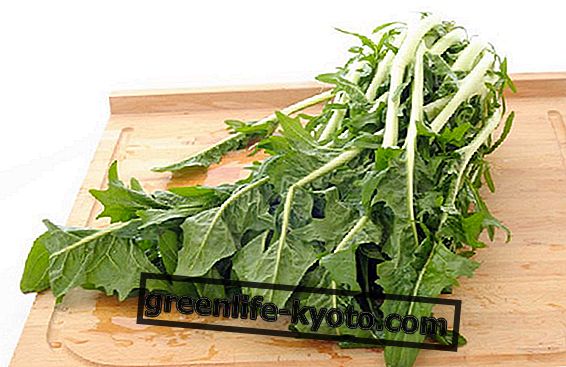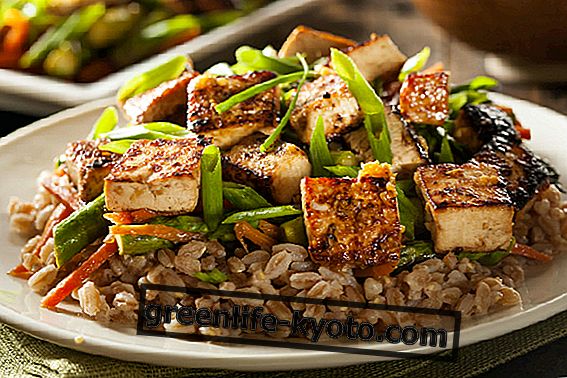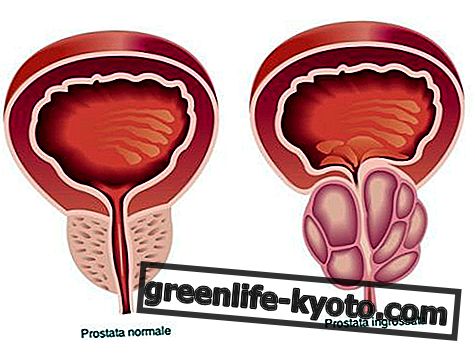Nutrition against cellulite must be low in sodium, sugar and fat and rich in liquids and detoxifying foods. Let's find out better.
Pineapple among useful foods against cellulite

What is cellulite
About 8 women out of 10 have cellulite . But what exactly is this blemish that afflicts the female gender? Cellulite is a modification of the appearance of the skin caused by a subcutaneous fat deposit.
It can occur for different reasons, including water retention, poor nutrition, poor physical activity, poor blood circulation, hormonal dysfunction and heredity.
The best treatment for cellulite is prevention, which requires a balanced diet and a healthy lifestyle: no smoking, alcohol, a sedentary lifestyle; yes to a constant physical activity. Prevention should begin during adolescence, when cellulite makes its first appearance.
Nutrition and cellulite
There is no miraculous diet against cellulite blemishes; there is, however, an adequate diet, which allows to reduce excess fat and, with it, a good percentage of cellulite.
Nutrition against cellulite must be poor:
- of sodium, in order not to favor water retention;
- fat, especially of animal origin;
- of sugars.
Instead, eat lots of seasonal fruits and vegetables, legumes and whole grains.
The addition of liquids is also essential: it is important to strive to drink at least two liters of water a day. It is also advisable to avoid all sugary drinks with added carbon dioxide.
Lastly, nutrition against cellulite must aim at detoxifying the body, therefore it must be rich in those diuretic foods, which help eliminate toxins: pineapple, artichokes, fennel, chicory, cucumbers, watermelon, strawberries, they are all excellent examples.
As a fatty condiment, it is advisable to prefer olive oil and avoid butter and, in general, all too fatty or too elaborate condiments.
Also discover the properties of 4 foods against cellulite

Did you know that
We all know that, to combat cellulite, we need to reduce the amount of sodium in our diet, but maybe we don't all know how to do it; it is not enough, in fact, to slightly salt the dishes. Here are some tips:
- Limit the consumption of salami, sausages, cheese and all those preserved foods that contain salt;
- Limit consumption of ready meals and packaged foods in general;
- Always read carefully the labels of the foods you buy: there are unsuspected foods that contain a lot of sodium, for example different types of breakfast cereals;
- Enhance the flavor of foods using crafty condiments, such as apple or wine vinegar, aromatic herbs and spices.
